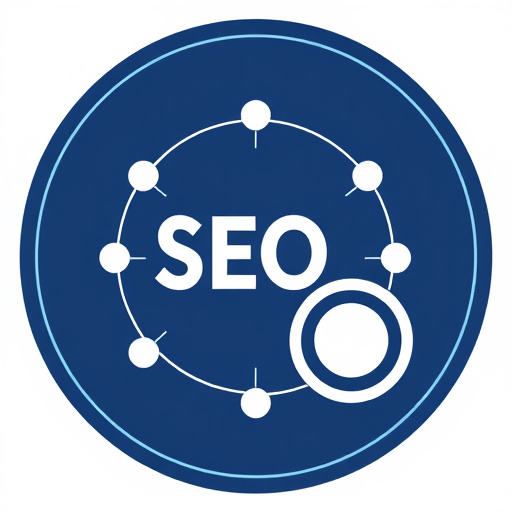Scalable web design is vital for successful online platforms, enabling seamless adaptation to user needs and technological changes. By employing flexible layouts, responsive images, CSS, and media queries, developers ensure optimal website viewing across diverse devices and screen sizes. This enhances accessibility, aligns with industry standards, fosters higher user engagement, and drives increased traffic for Hollywood FL and South Florida businesses, ultimately boosting online visibility and credibility.
Discover the power of scalable web design and how it transforms user navigation. In today’s digital landscape, websites must adapt to diverse devices and screen sizes. This article delves into the fundamentals of creating flexible, responsive designs that enhance user experience. We explore adaptability as a key strategy, revealing best practices for implementing scalable layouts that cater to all users. From understanding core concepts to practical implementation tips, this guide equips you with the knowledge to build intuitive, accessible web experiences.
- Understanding Scalable Web Design Fundamentals
- Enhancing User Experience Through Adaptability
- Best Practices for Implementing Scalable Layouts
Understanding Scalable Web Design Fundamentals

Scalable web design is a fundamental concept that forms the backbone of successful online platforms. At its core, it involves creating websites that can effortlessly adapt to varying user needs and technological advancements. This adaptability ensures that a website remains efficient, intuitive, and visually appealing regardless of the device or screen size used to access it. By embracing scalable design principles, web developers in Hollywood FL and South Florida can offer users a seamless experience, fostering higher engagement and ultimately increasing website traffic.
The foundation of scalable web design lies in flexible layouts, responsive images, and cascading style sheets (CSS). Developers utilize media queries to adjust the website’s presentation based on the user’s screen dimensions, ensuring optimal viewing. This approach not only improves accessibility but also aligns with current industry standards, making it crucial for any modern website design Hollywood FL or South Florida businesses consider. By prioritizing these fundamentals, web designers can create dynamic and adaptable websites that cater to a diverse range of users and devices.
Enhancing User Experience Through Adaptability

In the realm of modern web design, scalability is not just a technical necessity but a fundamental strategy to enhance user experience. A scalable web design adapts seamlessly to various devices and screen sizes, ensuring that users enjoy consistent access and interaction regardless of whether they’re on a desktop, tablet, or smartphone. This adaptability is crucial for retaining visitors who expect seamless experiences across all platforms, a key aspect of local search optimization that significantly impacts user engagement and satisfaction.
By embracing scalable design principles, website designers in Davie FL can create dynamic digital spaces that cater to diverse audiences. This involves optimizing layouts, utilizing responsive images, and implementing flexible CSS and JavaScript code. Furthermore, integrating Google Business Profile optimization into scalable web design ensures that local businesses not only look good on different screens but also provide accurate, up-to-date information to potential customers searching for services nearby, thereby boosting their online visibility and credibility.
Best Practices for Implementing Scalable Layouts

Creating a scalable web design that simplifies user navigation involves employing best practices tailored to adapt and grow with your site’s demand. Firstly, utilize responsive design principles, ensuring your layout adjusts seamlessly across various devices and screen sizes. This not only enhances accessibility but also improves user experience, particularly on mobile platforms.
Implementing modular and grid-based layouts is another strategic move. By structuring content within a grid system, you can easily rearrange or expand sections as needed, allowing for organic growth without compromising navigation simplicity. Remember that clear hierarchy and intuitive menus are key; organize content logically, making it effortless for users to find what they seek, even as the site expands. Leveraging these best practices not only supports your scalable web design but also contributes to better SEO rankings, increasing website traffic and the likelihood of finding a reliable SEO consultant near you.
Scalable web design is no longer a luxury; it’s a necessity. By understanding fundamental principles, prioritizing user experience through adaptability, and adhering to best practices in layout implementation, developers can create websites that seamlessly scale to meet growing demands. This ensures not only a visually appealing interface but also enhanced usability and accessibility across various devices and screen sizes. Embrace scalable web design as a core strategy to deliver dynamic digital experiences that keep users engaged and satisfied.














